Business owners all over the world understand the importance of search engines like Google, Bing, Yahoo, and Duck Duck Go. As our society keeps shifting to a more digital world, those same business owners are understanding the importance of a strong digital presence. Every type of business is utilizing search engine optimization (SEO) strategies to get ahead of their competitors. From aircraft manufacturers to plumbers, every business needs to use proven SEO strategies that will help grow their business to new heights.
So, What Is SEO?
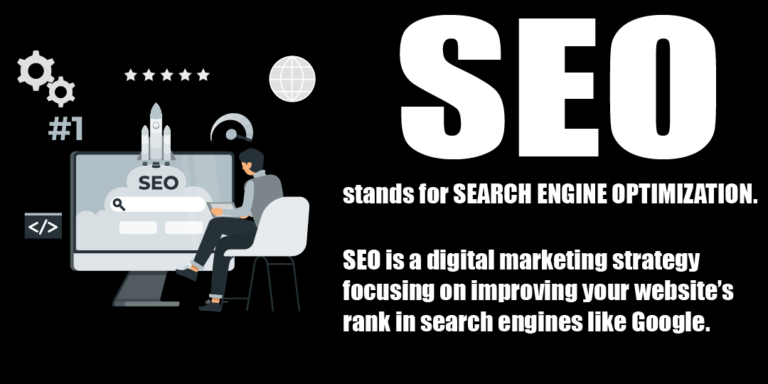
SEO stands for Search Engine Optimization. SEO is a collection of techniques used by digital marketers to improve the rank of a website on search engines like Google.
There are hundreds of factors search engines use to rank websites. SEO is simply the process of improving the content and performance of a website to hit these key factors.
Creating relevant content like videos, blogs, and photos, as well as improving load speed, and keyword research are just a few techniques SEO experts use to improve the rank and visibility of any website.
How Does SEO Work?
Search engine companies use hundreds of factors to rank the seemingly endless amount of content on the internet. Before a search engine can rank the content of a specific website, it has to crawl and index the website.
Crawling
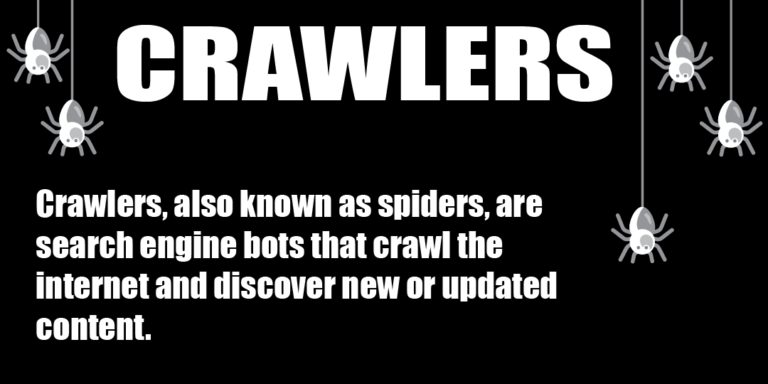
Search engines use crawlers, also known as spiders, to crawl websites and collect new or updated content. These spiders use links to travel throughout your site. That’s why internal linking and backlinking are so important for good SEO.
Indexing
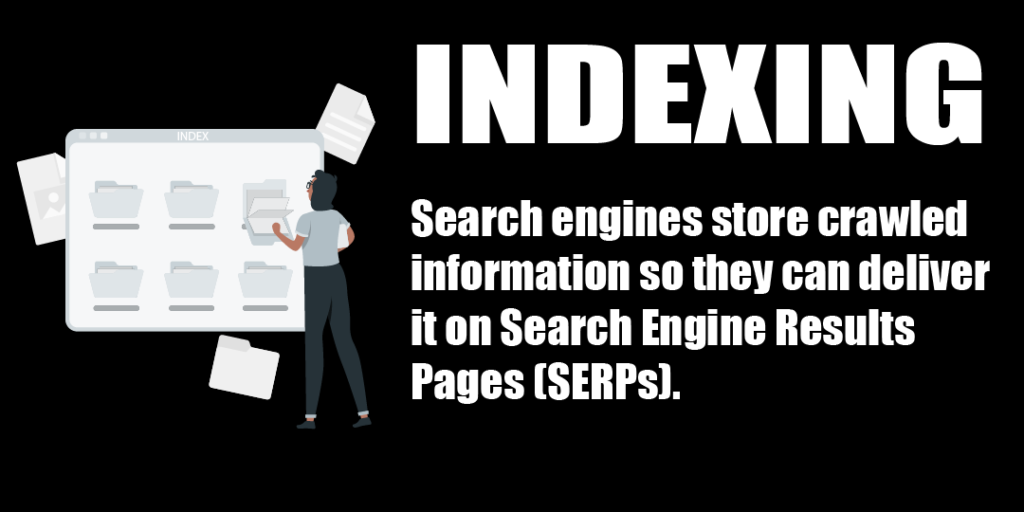
After the content has been crawled, search engines will index (store) it. Indexed content is then pulled and shown on the search engine results page (SERP). Almost all content on the internet is indexed unless it is spam content or duplicated content.
Once the content is indexed, search engines then rank websites by their key ranking factors. Here are a few ranking factors:
- Mobile-Friendliness
- Load Speed
- Keyword Usage
- Backlink Profile
- And more
Depending on how your content measures up to other websites in your industry, you might rank high and start bringing in free organic traffic to your website!
The Difference Between Organic Search and Paid Search
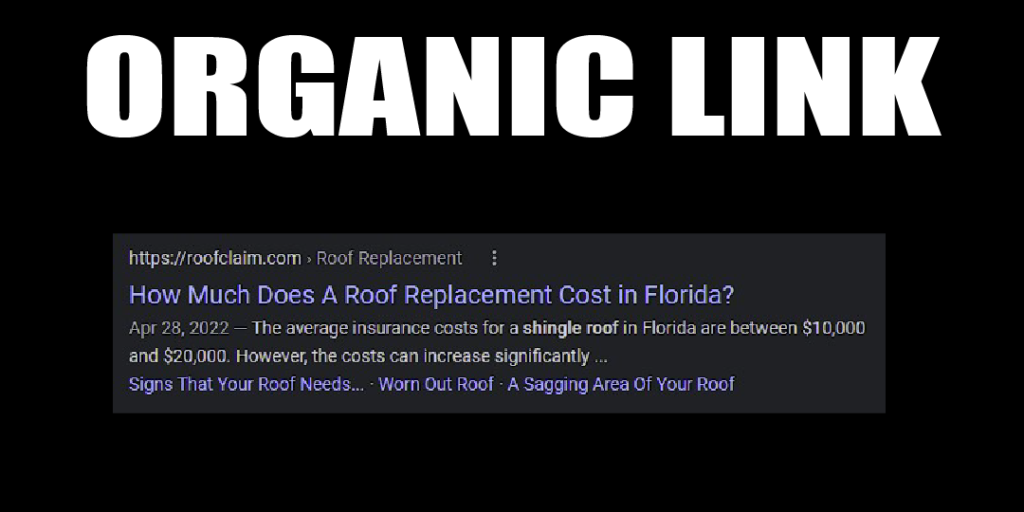

- Organic Search refers to traffic from search engines you don’t have to pay for. You are ranking high on search engines organically due to the quality content on your website. Organic traffic has historically had lower bounce rates and higher conversion rates than paid search.
- Paid Search is basically paying to rank higher. Paying for ad space on Google and Bing will put your links towards the top of the page. Traffic from paid search tends to have a higher bounce rate, and lower conversion rate.
What Are Types of Search Engine Optimization?
Any good SEO guide will include the three main categories of SEO techniques:
- On-Page SEO: Using strategies to update your content to make it more relevant for search engines
- Off-Page SEO: Using outreach and social media strategies to get others to link to your website
- Technical SEO: Technical strategies like updating a robots.txt file, improving load speed, and more.
Different SEO Strategies
Any good SEO guide will include the three main categories of SEO techniques:
- White Hat SEO: White Hate SEO Strategies involve using approved SEO techniques to help increase your ranking:
- Creating Quality Content
- Improving Site Load Speed
- Proper File Titles on Images
- Optimized Meta Descriptions
- Black Hat SEO: Using spamming or unapproved techniques to attempt to trick search engines into giving you higher rankings.
- Duplicating pages
- keyword stuffing with invisible text
- Copying content from other websites
- Buying backlinks
How To Use SEO For Your Website
Keyword Research
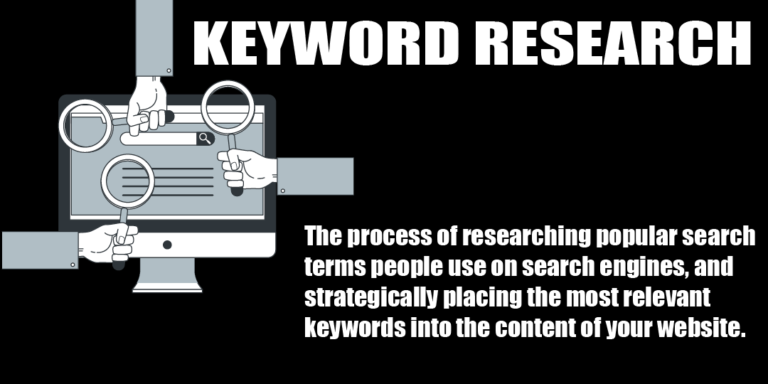
A search engine’s main goal is to answer the question a web user has. Keywords tell the search engine what the page is about and how it can answer the query of the searcher.
You can target a huge range of various keywords by writing pages geared toward providing information and teaching your website visitors something new. The information gives them a deeper understanding of your industry and also makes your business a reliable source of relevant information. It also builds trust with your visitors and makes the transition into becoming a paying customer easy and comfortable.
One of the best tools for keyword research is the Google Keyword Planner. This great tool can show you great statistics on any keyword. This tool can show you the keywords you THINK are popular, but might actually only have a few searches each month.
Quality Content
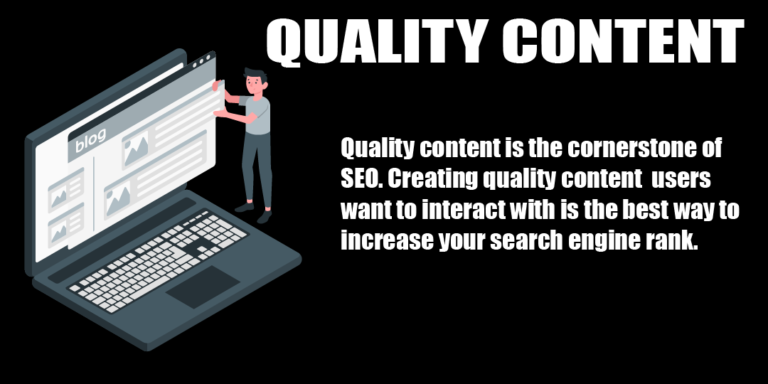
Quality content is one of the most important aspects of SEO. Search engines are answering machines. They want to provide users with the best content to answer their questions. Creating quality content, and answering popular questions in your industry is the best way to increase engagement on your website.
Content can take many forms; blog posts, photos, videos, and updating current content on your website. If you want people to come to your site, you need to create content that’s worth visiting!
Header Tags
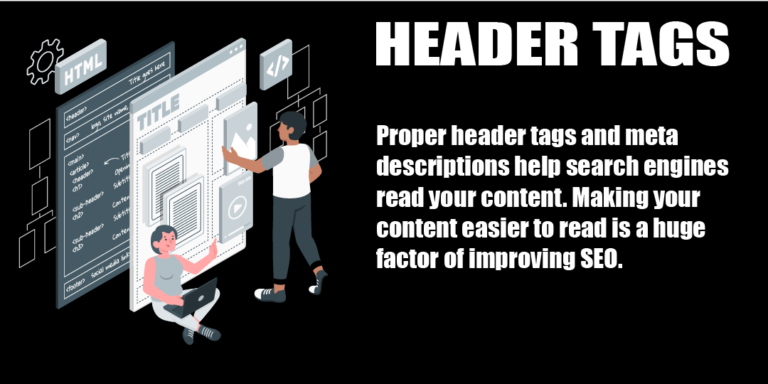
One of the biggest missteps people make when it comes to SEO is not using header tags properly. Sometimes, people will use header tags in their website content because it makes the text bigger. Header tags are not for increasing the text size. Header tags tell search engines what the content on your page is about. For example, the main header tag on this website is “What Is SEO and How Does It Work?”. This header tag tells Google what the post is about, therefore it knows when to show your page during relevant searches.
Web Design and Development
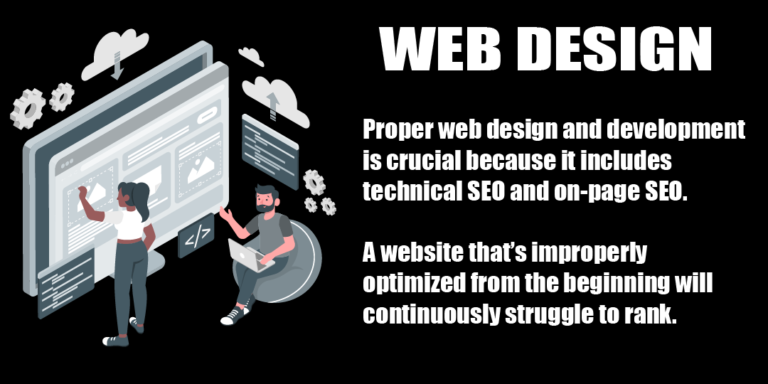
If you’re using professional web designers and developers, you should be getting a fully optimized website. When building a website, you want to make sure all of the content you’re creating is fully optimized. From sitemaps and header tags to keyword research and caching plugins, web design and development are key to not only building a beautifully functional website but to making a website that will show up on search engines.
